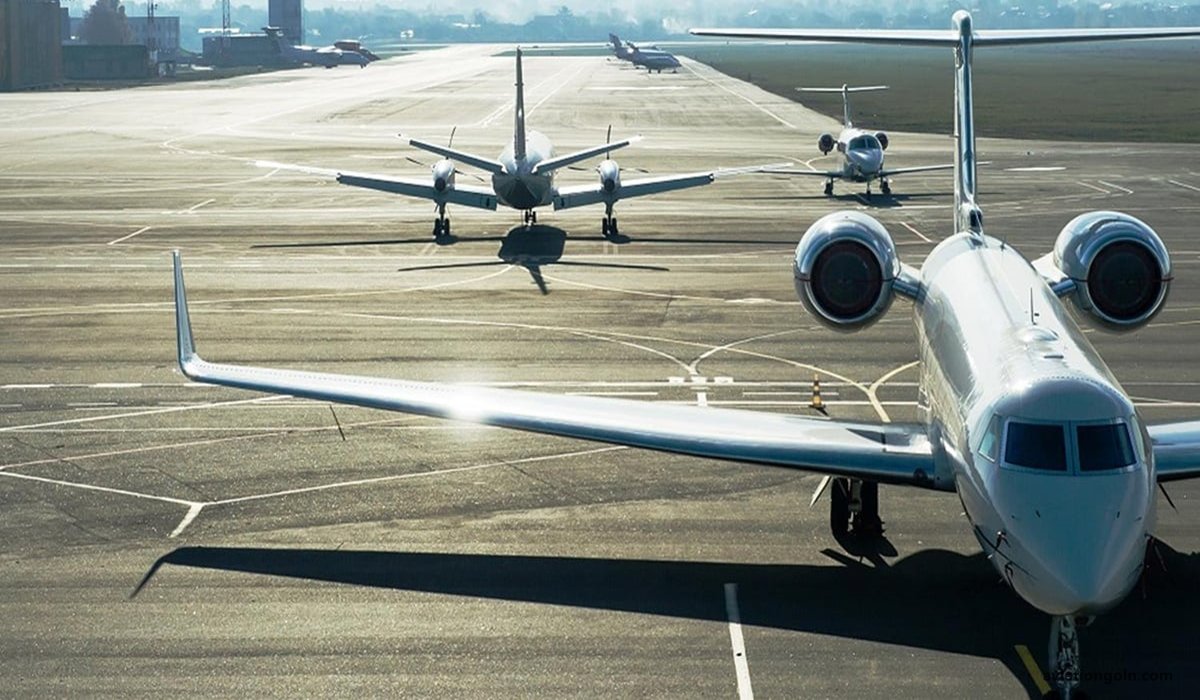The airline industry operates in a uniquely competitive and dynamic environment. Characterized by fixed costs, variable demand, perishable inventory (i.e., seats on a flight), and fierce competition, airlines have developed intricate pricing strategies to maximize their revenue. These strategies, rooted in marketing practices and revenue management principles, ensure that airlines remain profitable in an industry notorious for its thin margins.
Pricing Strategies in Airline Industry

1. Understanding the Basics: Airline Revenue Management
Airline revenue management, at its core, is the application of disciplined analytics that predict consumer behavior at the micro-market level. These analytics then optimize product availability and price to maximize potential revenue. The goal is to sell the right seat to the right passenger at the right price and time.
Key aspects of revenue management include:
- Forecasting: Predicting the demand for a specific flight on a specific date.
- Inventory Control: Determining how many seats to sell at various price points.
- Pricing: Adjusting ticket prices in real-time based on demand, competition, and other variables.
- Overbooking: Deliberately selling more tickets than available seats on a flight, based on statistical models that predict the likelihood of no-shows.

2. Different Pricing Strategies in the Airline Industry
a) Dynamic Pricing
Dynamic pricing involves adjusting prices continuously in response to real-time supply and demand. Factors influencing dynamic pricing include seat availability, flight time, the popularity of the route, and the booking window (i.e., how far in advance the ticket is being purchased). For instance, a last-minute ticket on a busy route is typically priced higher due to increased demand and decreased supply.
b) Tiered Pricing
Airlines divide their seats into different fare classes, each with its own price point and set of restrictions or benefits. For instance, economy, premium economy, business, and first-class seats all have distinct prices and amenities.
c) Time-Based Pricing
Airlines often adjust ticket prices based on the time of booking and the travel date. For example, booking a flight several months in advance can be cheaper than booking it a few days before departure. Conversely, off-peak flights (like mid-week or outside of holiday periods) tend to be cheaper.
d) Bundle Pricing
Airlines might offer packages that bundle flight tickets with other services such as car rentals, hotels, or excursions. This can provide added value to the customer while increasing the airline’s revenue.

3. Airline Marketing and its Intersection with Pricing
Marketing plays a vital role in the airline industry, influencing not only brand perception but also directly impacting pricing strategies.
a) Loyalty Programs and Frequent Flyer Programs
These programs incentivize passengers to continue using the same airline or alliance of airlines. In return, they earn points which can be redeemed for free flights, upgrades, or other benefits. This not only ensures repeat business but also allows airlines to charge a premium due to perceived added value.

b) Partnerships and Code Sharing
Airlines often enter partnerships to extend their network without additional flights. This means two airlines might sell tickets for the same flight under their own brand. Pricing strategies in such scenarios are crucial to ensure that neither airline cannibalizes the other’s revenue.
c) Promotions and Flash Sales
Occasional discounted ticket sales can stimulate demand, especially during off-peak periods. Such promotions are also marketing tools that can increase an airline’s visibility and appeal.

4. External Factors Influencing Pricing
a) Competition
If two airlines operate on the same route at similar times, prices may drop due to competitive pressures. On the other hand, monopoly routes (where only one airline operates) often have higher prices.
b) Fuel Prices
Fuel constitutes a significant portion of an airline’s operational costs. Fluctuations in fuel prices can directly impact ticket prices.
c) Regulatory Environment
Government regulations, taxes, and bilateral aviation agreements can influence ticket pricing. For instance, certain routes might have restrictions on pricing or frequency due to international agreements.

5. Challenges and the Future of Pricing in the Airline Industry
The digital age has brought transparency in pricing, with customers being able to compare flight prices in real time through online travel agencies and meta-search engines. This has made the pricing game even more challenging for airlines.
In the future, as data analytics, machine learning, and AI become more advanced, airlines will be able to predict consumer behavior with even greater accuracy. This will allow for even more dynamic and personalized pricing, where prices might be tailored to individual customers based on their past behavior, preferences, and willingness to pay.
Furthermore, the post-COVID era might see a restructuring of pricing strategies as airlines grapple with changing travel habits, safety concerns, and a potential long-term decrease in business travel.
Pricing in the airline industry is a complex interplay of demand, supply, external factors, and marketing strategies. While it often faces criticism from passengers, especially during peak periods or events, it’s essential to understand that this dynamic pricing ensures that airlines can remain profitable and continue to operate in a challenging environment. As technology evolves, so will the sophistication of these pricing strategies, aiming to strike a balance between profitability and customer satisfaction.
